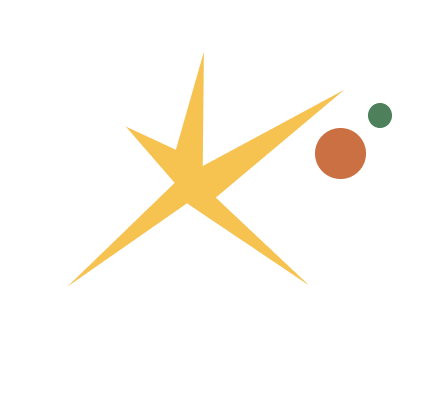The winners of GeeseHacks, and what’s next for this student-run hackathon
| February 8, 2025

The organizing team and volunteers behind GeeseHacks (Photo Credit: Geese Hacks).
This year marked the first iteration of GeeseHacks, a student-run hackathon that aimed to simulate the product development pathway and have participants tackle real-world challenges. With over 300 participants, the event saw an impressive 90% project submission rate, marking a resounding success for all involved.
Organizing a hackathon of this magnitude came with its fair share of challenges. The team directors and the brains of the whole operation, Nathan Chung, Gen Ichihashi, and Danny Yang, highlighted key logistical hurdles: managing food distribution, handling badge registration, and accommodating an unexpectedly large number of walk-in participants at the beginning of the conference. Despite these difficulties, however, the team successfully navigated the chaos with a combination of technology-driven solutions and hands-on volunteer assistance.
One standout aspect was the implementation of a badge-scanning system that helped streamline event management. However, due to the sheer number of attendees, manual adjustments had to be made, leading to minor inefficiencies. “The badge scanning software was a lifesaver in handling check-ins, but we quickly realized that scalability is key for future iterations,” said Chung. Moving forward, the team plans to refine this system to better manage participant flow and improve the overall experience.
Unlike traditional hackathons that emphasize purely technical projects, GeeseHacks took a business-oriented approach, encouraging participants to think beyond just coding. The stock simulator concept was one of the most well-received aspects of the event. “We wanted participants to not only develop innovative solutions but also consider how these ideas could be viable in real-world markets,” said Ichihashi. “It was amazing to see teams integrating business strategies into their presentations,” added Yang. Participants had to present projects with real-world applications and economic viability, bridging the gap between technology and business. “Seeing students think critically about market fit and sustainability added an extra layer of depth to the competition,” noted Chung.
The hackathon’s top prize went to Hyacinth, a project developed by Samuel Bai, Andre Zhang, and Ethan Qiu, which aimed to assist individuals with visual impairments in navigating unfamiliar environments. Its GitHub repository for those interested is linked here. The inspiration for their project came from a real-life challenge—Zhang getting lost in a building. This led to the idea of creating a computer vision and natural language processing-based system to provide better indoor navigation assistance.
Despite facing significant technical hurdles, such as compatibility issues between Mac and Windows development environments, the team successfully built a proof-of-concept. Zhang, who does not have a computer science background, took on the role of product manager and presentation lead, which only served to reinforce the importance of non-technical contributions in a tech-driven competition.
Despite just finishing their hackathon, the GeeseHacks team is already brainstorming ways to improve next year’s event. Some key areas of improvement include:
- Better logistical planning, especially for managing large crowds.
- More structured marketing efforts to clarify the unique judging criteria.
- Expanding industry involvement, potentially inviting venture capitalists and consultants to serve as judges.
- Exploring real-world problem-solving challenges, such as collaborating with local businesses to address real operational concerns.
This year’s success has set a high standard for future iterations. With ambitious plans for expansion and refinement, it’s clear that this hackathon is poised to become a staple event for students looking to make a tangible impact through business innovation.






